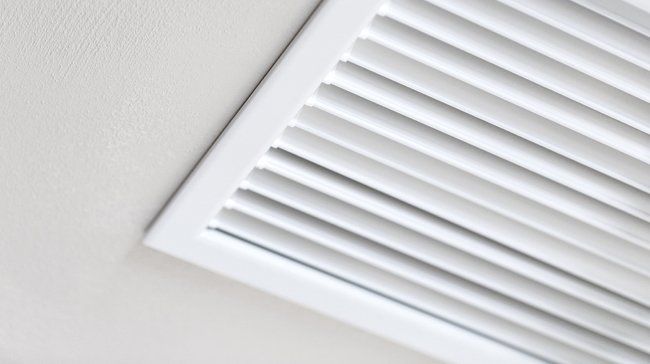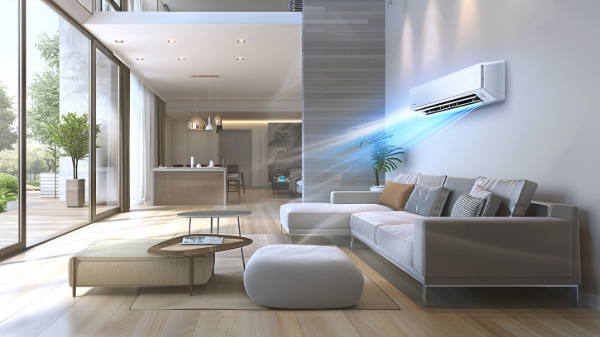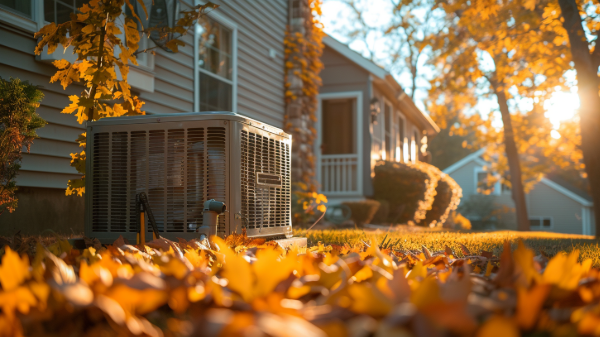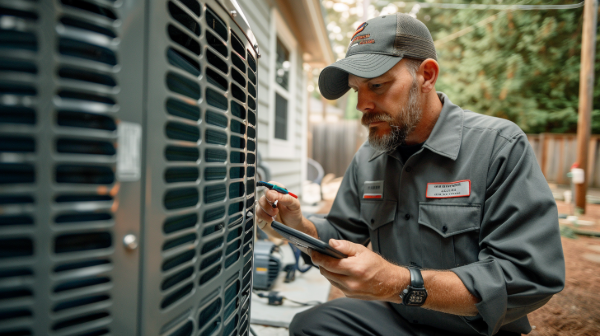Which Rooms in Your Home Have Poor Air Quality?
Rooms With Poor Air Quality in Your Home
Every day, the Environmental Protection Agency puts out the Air Quality Index. This is a measure of the harmful pollutants in the air outside that could cause adverse health effects. There is no AQI for indoor air quality, but that doesn't automatically mean that it is healthy.
In fact, indoor air quality can be up to five times worse than the air outside. In the interest of climate control and energy efficiency, modern buildings are tightly sealed. This means that the same air keeps circulating around your home, picking up pollutants as it goes.
Certain rooms may be more likely to have poor air quality than others because of things that are stored there or activities that go on there. Here are some of the rooms in your house that likely have the worst air quality.
Kitchen
If you have ever burned food while cooking, it may not come as a surprise to you to learn that the kitchen is often one of the most polluted rooms in the house. However, cooking pollutants, e.g., smoke from scorched food, is only one type of indoor air pollution that you might find in a kitchen. If you use a propane or natural gas stove, it can give off toxic substances, such as formaldehyde and carbon monoxide, as byproducts of burning fuel. In fact, any type of fuel you use to heat your stove, including electricity and wood, may give off harmful pollutants. The kitchen may also be a breeding ground for bacteria.
Bathroom
By their very nature, bathrooms are moist and humid. Moisture in and around showers, sinks, and toilets provides the perfect environment for mold to grow. Aerosols from personal care products can also pollute the air of the bathroom.
Part of the problem is that bathrooms tend to have poor ventilation. You may have noticed that many have very small windows or none at all. To compensate for this, bathrooms may have ventilation fans installed. If you have a ventilation fan in the bathroom, turning it on when using the room can help to improve the air quality. If not, you may want to consider having an HVAC contractor in Santa Rosa install one for you.
Home Office
Some people work from home by choice, while for others, it is a matter of necessity. In either case, it has a higher potential for low indoor air quality than you might expect. The problem in this case isn't necessarily the activities that happen in the room as the furnishings and supplies. Office furniture may be made of plastic containing volatile organic compounds emitted as gases. Most off-gassing occurs when you first purchase and unwrap the furniture, which accounts for the strong chemical smell that you may perceive from new office chairs or desks. Over time, the smell becomes less noticeable, but the off-gassing of VOCs continues in smaller amounts.
It is not only office furniture that may give off VOCs. They may also come from office supplies, such as copy paper and correction fluid, or equipment such as printers and copiers.
Bedroom
At night, when the windows and doors of the bedroom are shut, there may be an increase in the level of carbon dioxide. This is especially true if there is more than one occupant. Hair, pet dander, and dust—which consists mostly of dead skin cells—can collect in bedrooms, which can attract dust mites that feed on these materials. Dust mites are microscopic, and it is almost impossible to prevent them completely. However, it is worthwhile to try to keep their numbers down with frequent vacuuming and dusting because, while harmless to most people, some are allergic to them. In fact, people with "dust" allergies are typically reacting to dust mites.
Attic
If your attic is unfinished, the insulation may be exposed. This can cause particles of fiberglass to get into the air. It could also be an asbestos hazard if your home was built prior to the 1980s. Dust and dust mites can also be an issue with an unfinished attic. If your attic is finished, it may have air quality issues depending on what it is used for. However, there is less chance of fibers of the insulation getting into the air.
For more information about improving your home's indoor air quality,
contact us at Next Level HVAC.









